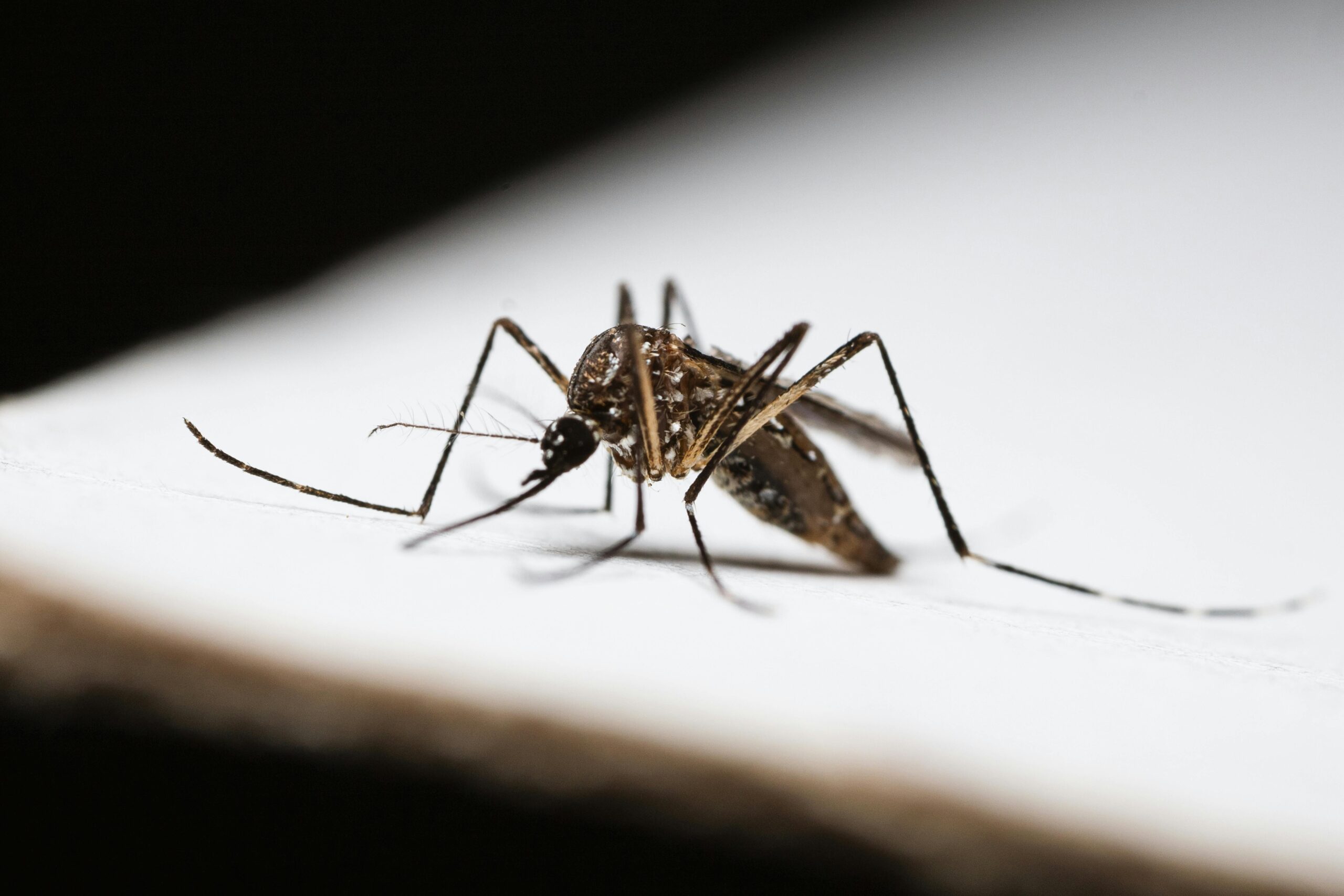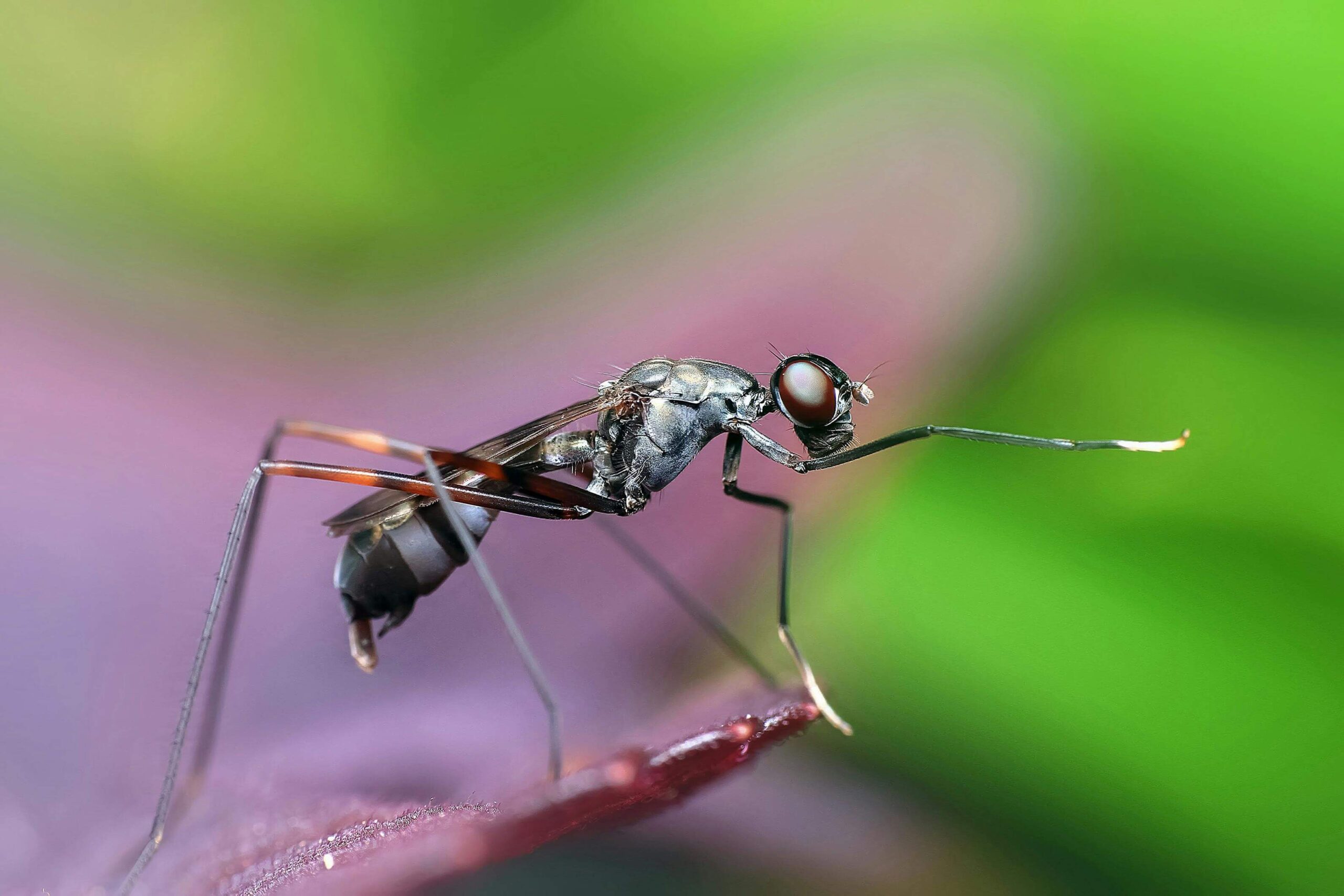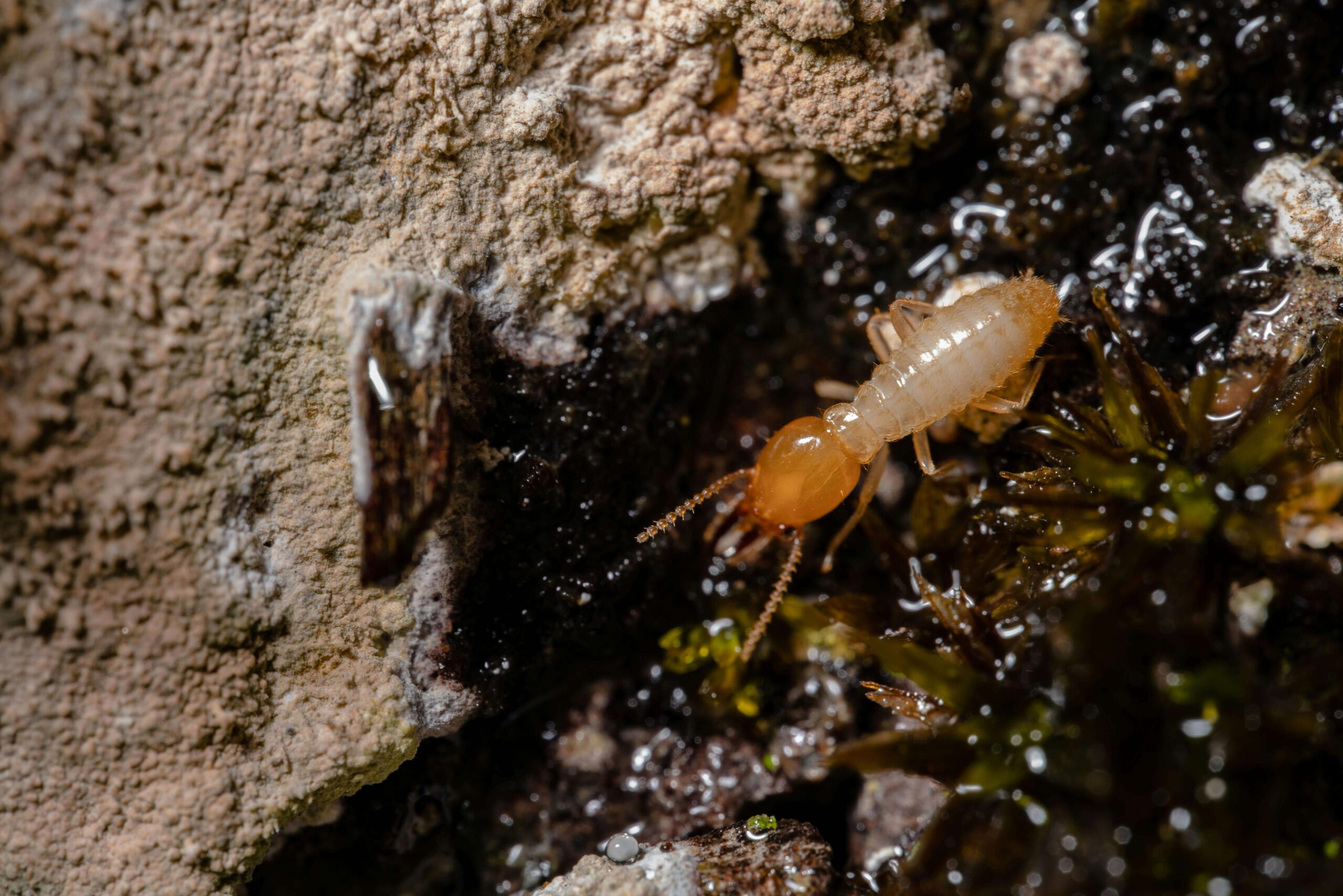HOUSE & DRAIN FLIES Problem?
House & Drain Fly Identification & Prevention
Schedule an inspection of your commercial or residential property.
What are House Flies?
House flies and drain flies show up in plenty of homes, but they aren’t the same kind of problem.
House flies, the gray-black buzzers most people recognize, hang around food, trash cans, or anything left to rot. They don’t bite, but they make up for it by carrying bacteria from the messy places where they feed and breed. Food scraps, pet waste, and organic debris are all fair game for them.
Drain flies are a different story. They’re tiny, fuzzy, and their wings give them the look of little moths. True to their name, they breed in the muck that builds up inside drains, pipes, and spots where water sits too long. You’ll usually notice them hovering around sinks, tubs, or basement floor drains.
Both can sneak into a home through small cracks around doors, windows, and vents. House flies come chasing the smell of food or garbage, while drain flies emerge from inside the house itself, especially from plumbing with buildup. Being able to tell them apart makes a big difference when it comes to getting rid of them.
Common Questions About House Flies and Drain Flies
Below you’ll find answers to the questions homeowners most often ask about these two pests.
What causes house flies in the home?
House flies come indoors because they’re attracted to food, waste, and anything organic. Open trash cans, dirty dishes, and pet litter are common culprits. Outside, they’ll breed in compost piles, animal droppings, or damp clippings. Flies can pick up the scent from far away, and all it takes is a cracked window or open door for them to slip inside.
Where do drain flies come from?
Drain flies are born inside plumbing. Their larvae feed on the slimy film that builds up inside sink and shower drains. They love damp spots with stagnant water. Once they mature, the adults hover near sinks, tubs, or basement drains. If you notice tiny, fuzzy flies in your kitchen or bathroom, the source is almost always a dirty drain.
Do house flies or drain flies bite?
No. Neither species bites people. House flies feed by spitting digestive fluids onto food and then sucking it up, which makes them excellent carriers of bacteria. Drain flies only feed on organic slime inside drains. If you’re being bitten indoors, another insect is likely to blame, such as mosquitoes or midges.
Are house flies dangerous?
Yes. House flies can spread bacteria and pathogens. They land on garbage, feces, or rotting food, then transfer germs to your counters and meals. They’re known to carry salmonella, E. coli, and other foodborne illnesses. A single fly might not seem like much, but large infestations raise the risk of contamination.
Are drain flies harmful?
Not usually. Drain flies don’t spread disease the way house flies do. Still, their presence often points to plumbing issues or standing water that should be fixed. Rarely, heavy infestations may cause respiratory irritation, but for most households, the main concern is dirty or clogged drains.
How long do house flies live?
House flies only live 15 to 30 days. That short life doesn’t stop them from multiplying fast. A female can lay up to 500 eggs, and under ideal conditions, the entire life cycle from egg to adult takes about a week. That’s why a small problem can turn into an infestation so quickly.
How long do drain flies live?
Adult drain flies usually last one to three weeks. In that time, females lay eggs in the organic slime inside drains. Their life cycle repeats quickly, which is why infestations seem endless until the source is cleaned out.
How do you get rid of house flies?
Control takes a mix of prevention and elimination:
Remove attractants: Keep trash sealed, wipe up spills, and store food properly.
Eliminate breeding sites: Clean up pet waste and don’t let organic matter pile up.
Physical barriers: Use window and door screens, and fix gaps around vents.
Traps and treatments: Sticky strips, light traps, or professional pest control can help with heavy infestations.
How do you get rid of drain flies?
The only real solution is to remove the breeding source:
Clean drains: Scrub with a pipe brush, pour boiling water, or use a safe drain cleaner.
Flush pipes: Run hot water down drains daily.
Fix leaks or clogs: Stagnant water is perfect breeding ground.
Check hidden spots: Don’t overlook basement drains, sump pumps, or fridge drip pans.
Once the drains are cleaned, the adults die off naturally within a week or two.
Why do flies keep coming back?
They return if the root cause isn’t fixed. For house flies, that means food waste, trash, or entry points remain. For drain flies, it usually means the drain wasn’t scrubbed thoroughly. Both pests reproduce quickly, so even small oversights let them bounce back.
Can house flies or drain flies infest clean homes?
Yes. Even spotless homes can have fly problems. House flies may wander in from outside, and drain flies can breed in hidden plumbing buildup. Good sanitation helps a lot, but it’s not a perfect safeguard.
What’s the difference between fruit flies, house flies, and drain flies?
House flies: Medium-sized, gray-black, found near garbage or waste.
Drain flies: Tiny, fuzzy, moth-like, found near drains.
Fruit flies: Very small, tan or reddish, attracted to ripe fruit and sugary liquids.
Homeowners often confuse them, but the fix depends on the species. Cleaning drains won’t stop fruit flies, and covering fruit won’t eliminate drain flies.
When should I call pest control for flies?
Call a professional if:
Flies keep coming back even after cleaning.
You can’t find the source.
The infestation is large and affecting daily life.
There are signs of plumbing or sanitation issues.
Pest control experts like us here at ProForce can identify the species, find hidden breeding grounds, and apply targeted treatments for long-term relief.
WHAT'S BUGGING YOU?
To learn more about the pests invading your space and how we can help eliminate them—for good






